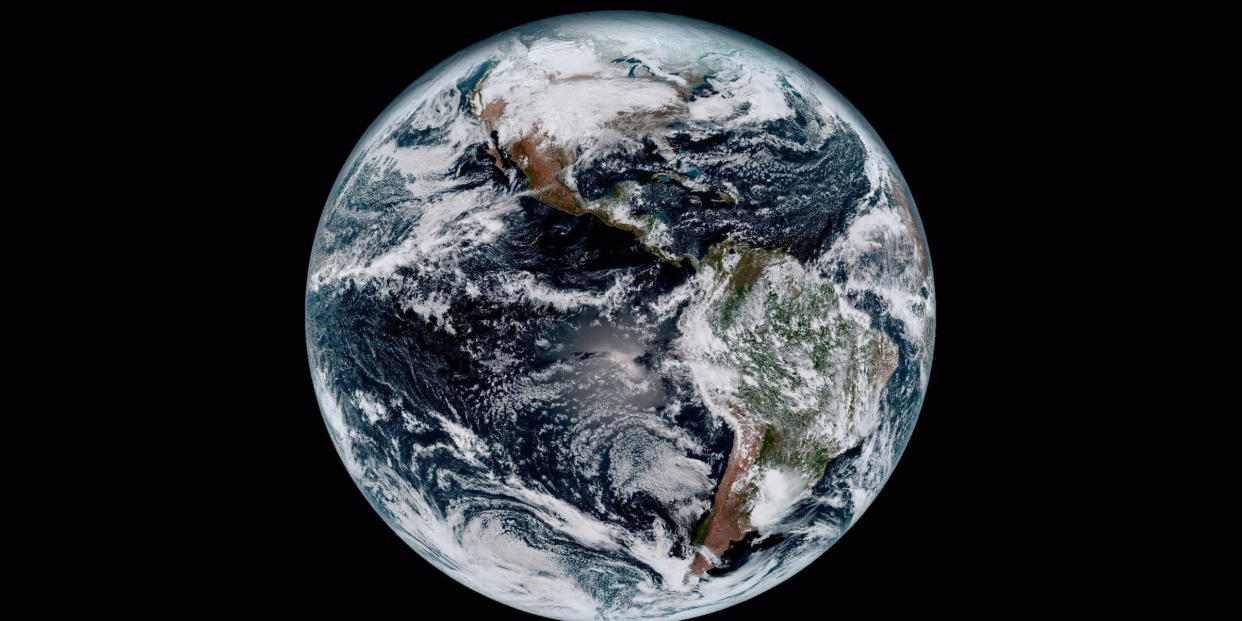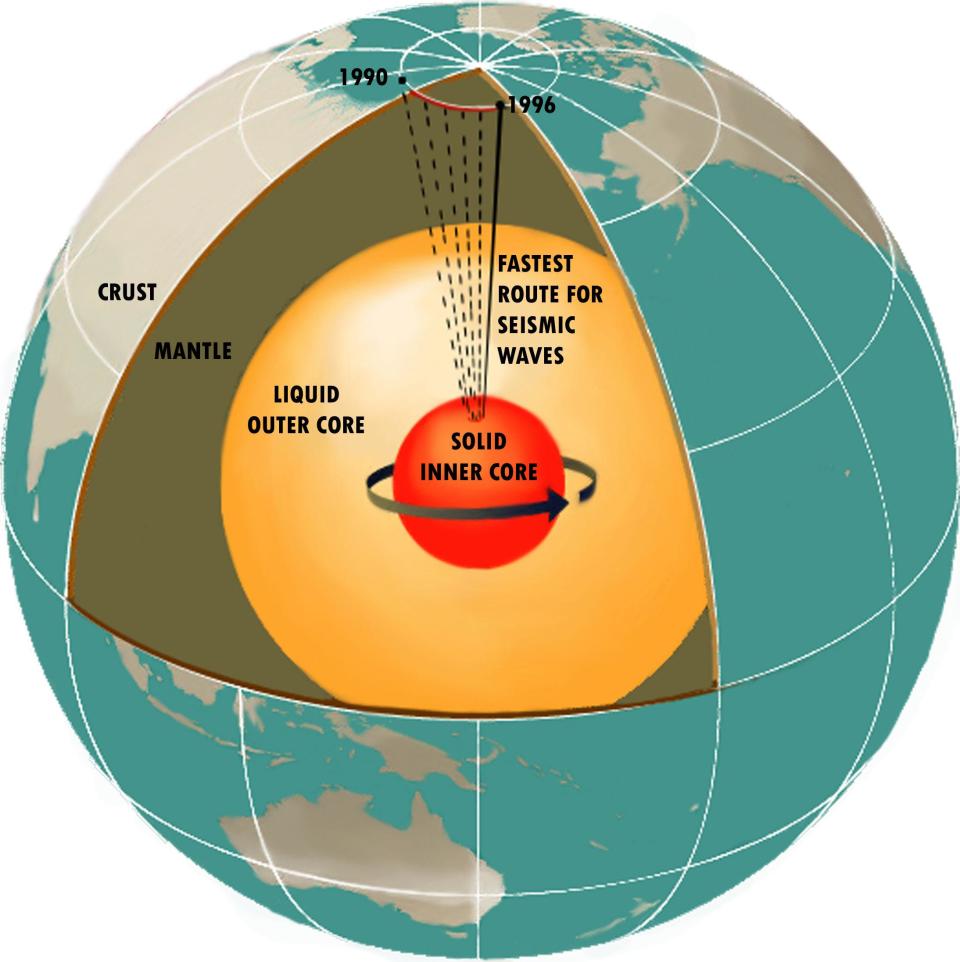What Is the Earth Made Of? New Study Gives Us a Better Estimate Than Ever Before

What is Earth made of? Interestingly enough, we don't exactly know. We can use magnetic fields and seismic waves to measure the densities and movements of material deep in the mantle, liquid outer core, and solid inner core of the Earth, which provides clues about its composition. We know, for example, that the core is mostly iron, and more than 90 percent of the entire planet is iron, oxygen, silicon, and magnesium. But these data still do not tell us exactly what trace elements are found in the subterranean depths of our planet.
"Seismological studies of earthquakes inform us about the Earth's core, mantle and crust, but it's hard to convert this information into an elemental composition," said Charles Lineweaver, a planetary scientist at Australian National University (ANU) in a press release."Our deepest drilling has only scratched the surface down to 10 kilometers of our 6,400 kilometer radius planet. Rocks at the surface only come from as deep as the upper mantle."

Lineweaver, along with lead researcher Haiyang Wang and ANU colleague Trevor Ireland, have now created the most comprehensive estimate of Earth's composition to date. A new estimate for the core's mass, along with existing data about the structure of the inner planet, were compiled and used to develop the new estimates for the Earth's composition. A study detailing the findings was published in the journal Icarus and can be found online here.
The new model suggests our home planet contains significantly more sodium, potassium, chlorine, zinc, strontium, fluorine, gallium, rubidium, niobium, gadolinium, tantalum, helium, argon, and krypton than previously believed. On the flip side, the abundances of magnesium, tin, bromine, boron, cadmium, and beryllium within the Earth appear to be significantly lower than previous estimates.
The researchers hope that this work will not only help scientists better understand our planet, but also develop a more complete understanding of other planets, both in our solar system and around other stars, and model the formation of planetary bodies in general. Somehow, the accretion disk of mostly hydrogen gas that surrounded the early sun coalesced into the rocky planets and asteroids in the solar system, and those protoplanets shed some elements in a process known as devolatilization. Planetary scientists are working to accurately model this formation process.
"The number of known rocky exoplanets is rapidly increasing..." reads the study. "The elemental abundances of bulk Earth (including both the bulk silicate Earth and the core) can tell us a more complete story of the potentially universal accretion and fractionation processes that produce rocky planets from nebular gas during star formation."
To discover the secrets of planets in the solar system and beyond, scientists are looking into the deep subterranean realms of our own world.
Source: Australian National University
You Might Also Like

